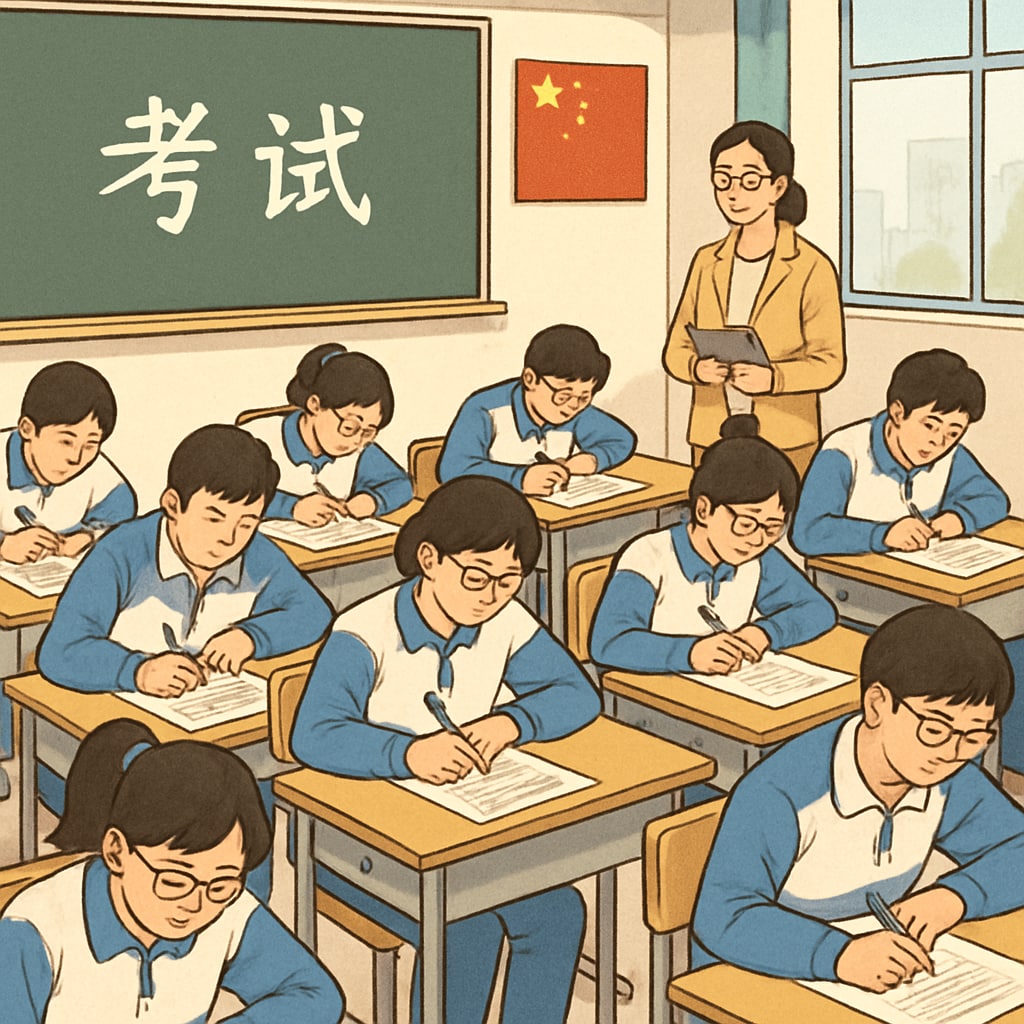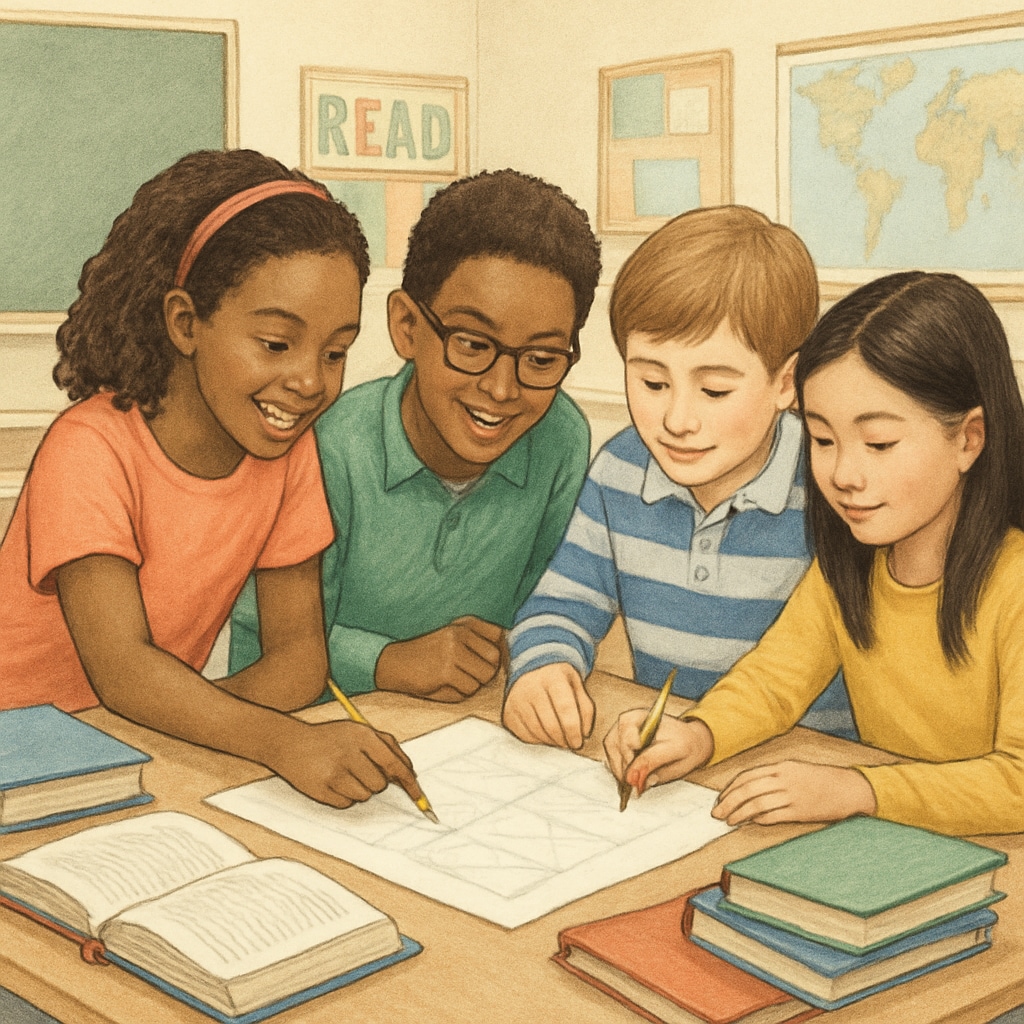The education systems in the United States and China reflect distinct societal values and priorities, shaping the way students experience learning. Key differences emerge in areas such as standardized testing, educational equality, and overall methods of student development. These contrasts are not merely educational but cultural, illustrating how societal norms influence the way nations approach preparing their youth for the future.
Standardized Testing: A Core Component of Chinese Education
China’s education system is deeply rooted in the tradition of meritocracy, where standardized testing plays a pivotal role. Exams such as the Gaokao, China’s national college entrance exam, serve as a gatekeeper for higher education opportunities. This rigorous testing culture prioritizes academic excellence and rewards students who excel under high-pressure situations. As a result, Chinese education often emphasizes memorization and mastery of subjects, ensuring students are adept at meeting stringent standards.

While this system encourages discipline and academic achievement, critics argue that it may limit creativity and critical thinking. Students often focus on excelling within predefined frameworks rather than exploring innovative solutions or developing diverse skills. Nevertheless, this approach aligns with China’s broader societal emphasis on hard work and competitive advancement.
Educational Equality: A Fundamental Principle in U.S. Schools
In contrast, the United States places significant emphasis on educational equality. Public schools are designed to provide access to quality education for students of all backgrounds, fostering inclusivity and diversity. While standardized testing exists (e.g., SATs and ACTs), its role is far less central compared to China’s system. Instead, the U.S. prioritizes holistic development through extracurricular activities, critical thinking, and individualized learning approaches.

The American approach champions creativity and flexibility, aiming to nurture well-rounded individuals. However, critics point out that disparities in funding and resources among schools often undermine the goal of true equality. As a result, students from economically disadvantaged communities may still face barriers to success despite the system’s inclusive ideals.
Impact of Cultural Values on Student Development
The differences in educational systems are deeply intertwined with the cultural values of each country. China’s emphasis on standardized testing mirrors a societal focus on discipline, hierarchy, and collective achievement. Meanwhile, the U.S. system reflects values such as individualism, innovation, and equal opportunity.
For example, Chinese students often graduate with strong technical skills and the ability to perform under pressure, which can be advantageous in competitive global industries. On the other hand, American students may excel in creative problem-solving and adaptability, traits that are increasingly valued in modern workplaces.
Choosing Between Standards and Equality
Both systems have their strengths and challenges, and neither can be universally categorized as superior. The Chinese model’s reliance on standardized testing ensures a clear path for academic achievement, but it may overlook the value of fostering creativity and emotional intelligence. Conversely, the U.S. model emphasizes inclusivity and personal development but struggles with resource inequality and inconsistent academic outcomes.
Ultimately, the choice between standards and equality depends on societal priorities and long-term goals. As globalization continues to blur borders, there is potential for cross-cultural exchange in educational practices. By adopting the strengths of each approach, nations can better equip their students to thrive in an interconnected world.
Readability guidance: The article uses short paragraphs and clear headings to enhance readability. Lists and examples are included for better understanding, while passive voice and overly complex sentence structures are minimized for clarity.


